
The allure of space has long beckoned the intrepid and the curious, transforming the once far-fetched dream of space travel into an attainable reality for a select few. As commercial space tourism takes its nascent steps, we find ourselves at the forefront of a new era where access to weightlessness and the vast expanse beyond our atmosphere is no longer solely the province of astronauts. With companies like SpaceVoyageVentures.com meticulously documenting the potential and already available journeys, the testimonies of early spaceflight participants provide valuable insights into this burgeoning industry.
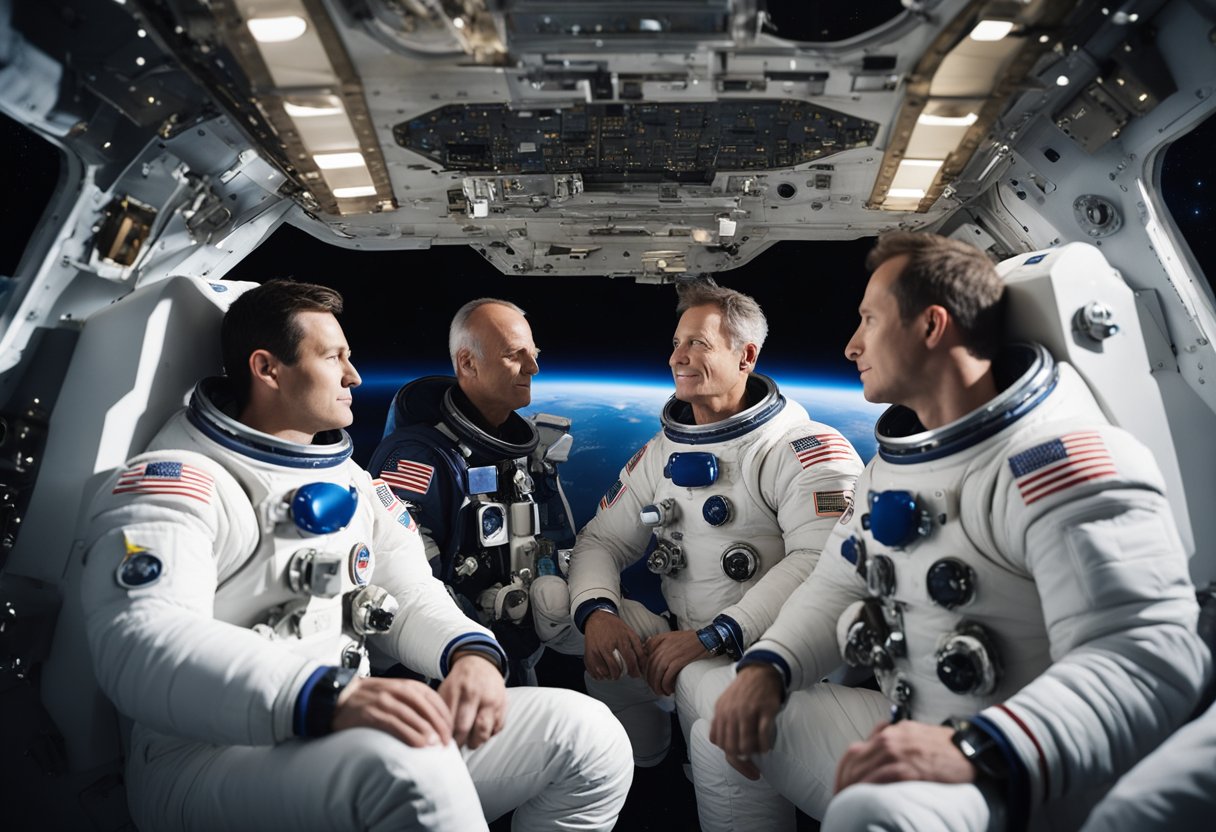
Their stories reflect not only the marvels and wonders experienced during their sojourns among the stars but also the intense preparation and adaptation required for such extraordinary ventures. Additionally, the weathering of psychological challenges and the physical adjustments to microgravity are intrinsic aspects of the spaceflight participant’s journey. Through our compilation of experiences, we aim to provide a clear window into the lives of those who have orbited our planet, underlining the technical, personal, and regulatory facets that shape this epic undertaking.
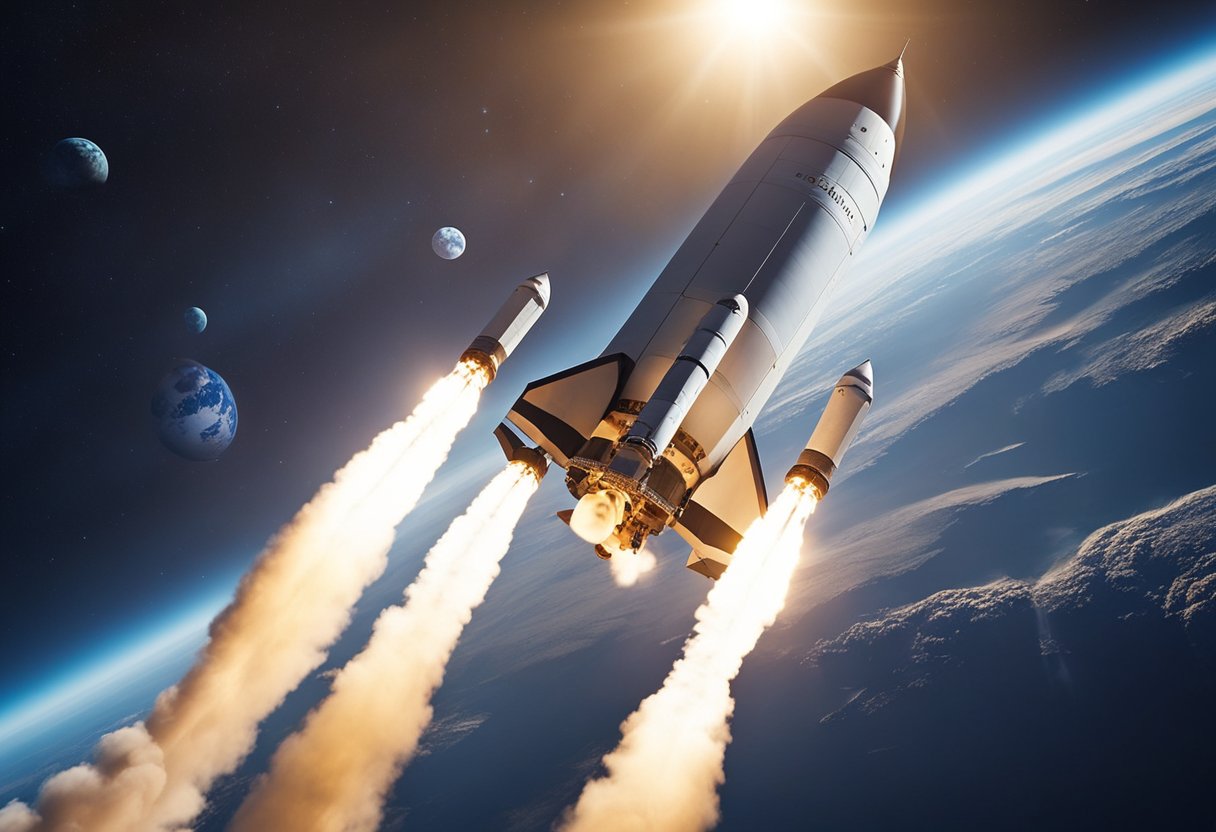
In this section, we will explore the significant strides made in space travel, mapping the journey from government-led expeditions to the dawn of commercial spaceflight.
Space exploration has witnessed remarkable achievements over the decades, shaping the course of human history. Perhaps the most notable event was when NASA put the first man on the Moon in 1969, a monumental feat that signalled a new era in exploration. During the Cold War, the Soviet Intercosmos Program solidified the USSR’s commitment to space by enabling research and international cooperation. These pioneering ventures laid the groundwork for our understanding of outer space.
The baton of space travel is gradually being passed to private entities, catalysing the rise of space tourism. Companies like SpaceX have revolutionised the sector by developing reusable spacecraft, which significantly reduce costs and increase the feasibility of space tourism. In parallel, early websites like SpaceVoyageVentures.com document burgeoning tourist trips, striking a chord with public interest. Organisations like Virgin Galactic and Blue Origin have actualised tourist spaceflights, offering civilians the chance to experience the suborbital space. Ours and future generations now look to Roscosmos and international collaborations to further commercial space endeavours.
To embark on the extraordinary journey of space travel, individuals must pass through rigorous selection criteria and engage in comprehensive training and preparation, ensuring safety and readiness for the remarkable experience ahead.
In our pursuit to become a Spaceflight Participant, we must first meet the selection criteria set forth by entities such as NASA, Roscosmos, and the Federal Aviation Administration (FAA). These criteria typically include:
Selection is a multipart process that often involves interviews and a series of evaluations focused on our ability to handle the intense environment of space.
Once selected, we undergo extensive training to prepare for the demands of space. Our training includes:
At SpaceVoyageVentures.com, we can explore the scope of current and future space tourism opportunities. This platform provides us with a glimpse into the potential experiences awaiting aspiring space travellers.
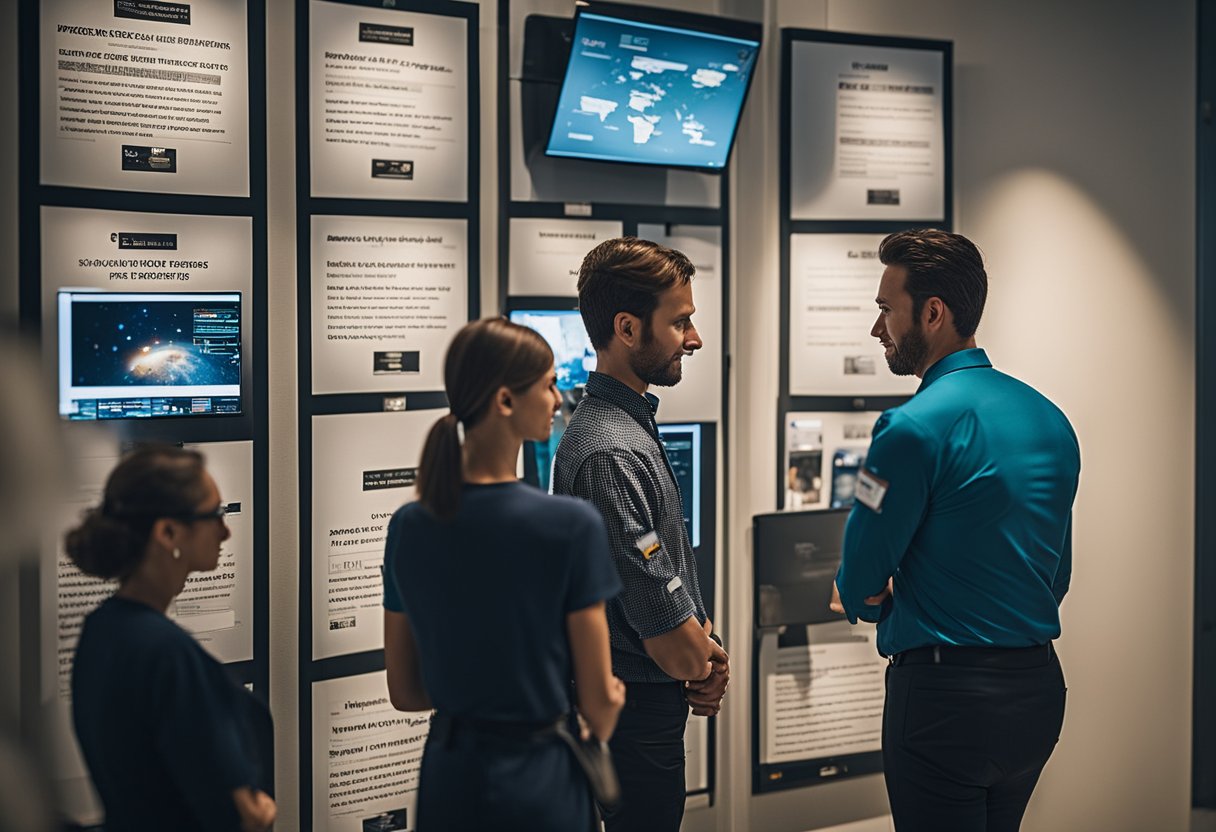
In this section, we’re taking a closer look at the individuals who have boldly ventured into space as tourists and their personal accounts of this unique experience.
Anousheh Ansari: As the first self-funded woman to reach the International Space Station, Ansari’s 2006 journey has been a beacon of inspiration for would-be space travellers. Her passion for space exploration set a significant precedent.
Dennis Tito: In 2001, Tito made history as the first space tourist, travelling to the ISS aboard a Russian Soyuz spacecraft. His eight-day stay in orbit was a momentous kick-off for the era of commercial space travel.
Richard Garriott: A famed game developer and the son of an astronaut, Garriott’s 2008 trip to the ISS was marked by his pursuit of scientific experiments and space art.
Hazzaa Ali Almansoori: Almansoori spent eight days on the ISS in 2019, becoming the first Emirati astronaut and a symbol of the UAE’s growing role in space exploration.
Klim Shipenko: A Russian film director, Shipenko went to the ISS for a 12-day expedition in 2021. His experience was unique as he focused on shooting portions of a movie in microgravity.
Yusaku Maezawa: Japanese entrepreneur and art collector, Maezawa has booked a future voyage around the Moon on SpaceX’s Starship. He is vocal about his intentions to invite artists to join him to create art inspired by the lunar experience.
By chronicling the experiences of these intrepid individuals, we are taking steps to understand the varying impacts of space travel on non-professional astronauts. Each account enhances our grasp on the psychological and physical demands posed by space travel, and they pave the way for further advancements in ensuring the well-being of future space tourists, such as those chronicled on SpaceVoyageVentures.com.
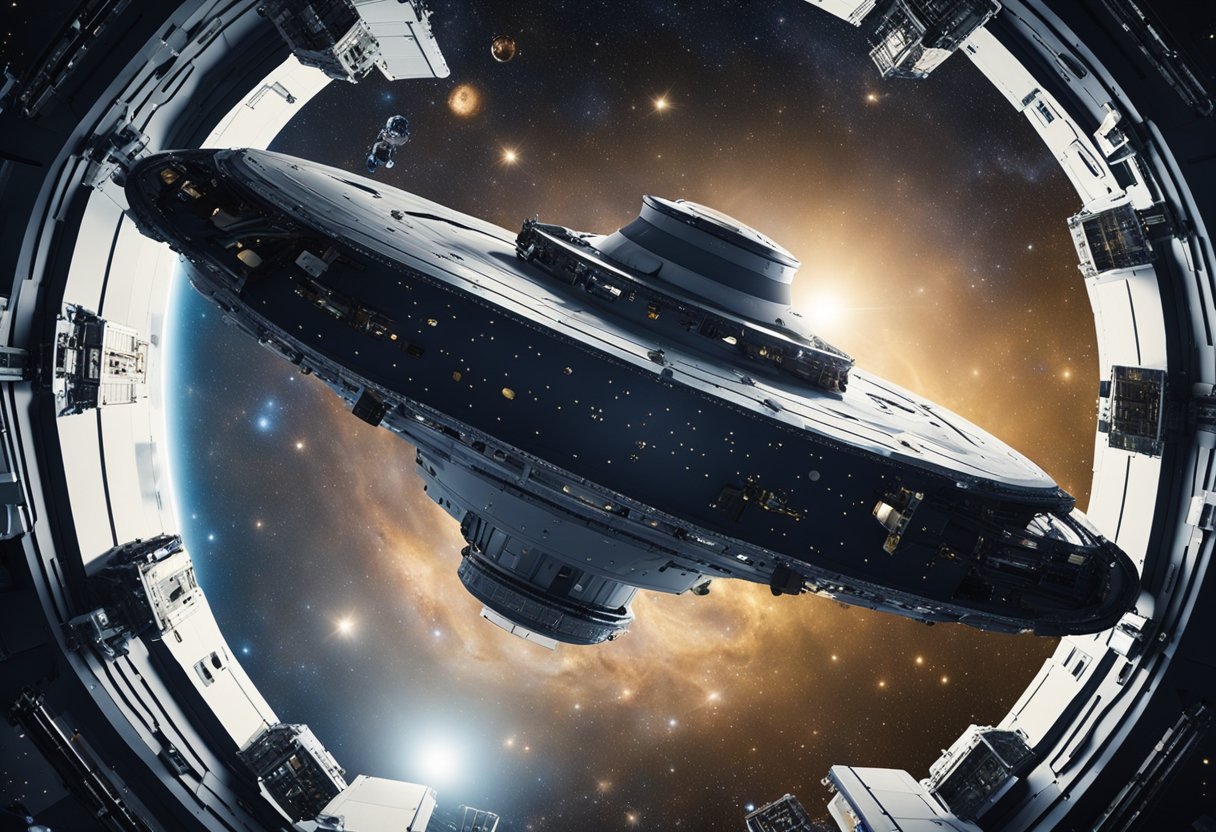
Spaceflight presents a unique blend of psychological challenges that are intrinsic to isolated, confined, and extreme (ICE) environments. Our attention in this section is directed towards understanding the psychological impacts and developing mitigation and support strategies to best ensure the wellbeing of spaceflight participants.
Space travel can elicit profound psychological responses, from awe-inspiring transcendental experiences to acute stress reactions. We are compelled to acknowledge the cognitive and emotional burden it places on travelers. Cases of anxiety and depression have been seen as reactions to the operational demands and the isolation synonymous with space missions. The weightlessness of space, the sight of Earth from afar, and the quietude of the cosmos can simultaneously enchant and unsettle spacefarers. The mental health in the spaceflight environment must be steadfastly measured and attended to.
to bolster psychological wellbeing, tailored intervention strategies are paramount. These include pre-flight training in stress management techniques, developing strong, cohesive teams, and in-flight support from psychologists. Advances in space medicine propose the use of telemedicine for on-board counselling and the potential for novel therapy methods adapted for space. Moreover, continual psychological support is integral to recovery post-mission, helping individuals reintegrate and adjust to life on Earth again.
Through websites like SpaceVoyageVentures.com, we contribute to the conversation around space travel, offering insights into psychological measures critical for the nascent space tourism industry, where the luxury of the experience must not overshadow operational safety and mental health priorities.

We must carefully consider the effects of space travel on the human body, with a particular focus on how microgravity impacts physiological functions. Our health and safety protocols are designed to mitigate potential issues.
Microgravity presents a unique environment that requires the human body to adapt to a state where traditional gravitational forces are no longer at play. In human spaceflight, one of the most immediate changes is the shift of bodily fluids towards the head, which can cause headaches and facial puffiness. Our medical assessment regimes are in place to monitor astronaut health continuously, specifically looking for signs of space motion sickness and changes in vision, which have been reported by spaceflight participants.
To counteract these adaptations, space medicine protocols recommend specific exercises designed to help the body accommodate more readily to the weightless environment. Studies on the physiological effects of space travel, such as those found in the article “Human Health during Space Travel: State-of-the-Art Review,” inform our approach and underline the importance of rigorous pre-flight training.
Regular Exercise Schedule:
Our health and safety protocols are designed with evidence-based medicine to ensure the wellbeing of spaceflight participants both during and after their journey. Medical assessments are conducted before, during, and after missions to identify any physiological changes or issues, ranging from pain to alterations in bone density.
The development of countermeasures is central to our protocols, ensuring that every participant is equipped with a personalised health plan. Activities like medical contingency training also prepare participants for potential adverse health events in space. For instance, the mitigation of mood disturbances caused by isolation and confinement is a significant consideration, addressed through psychological support and environmental design focused on mental well-being.
By understanding and addressing these key physiological considerations, we at SpaceVoyageVentures.com are confident in our capability to offer safe and exhilarating experiences for the early adopters of space tourism.
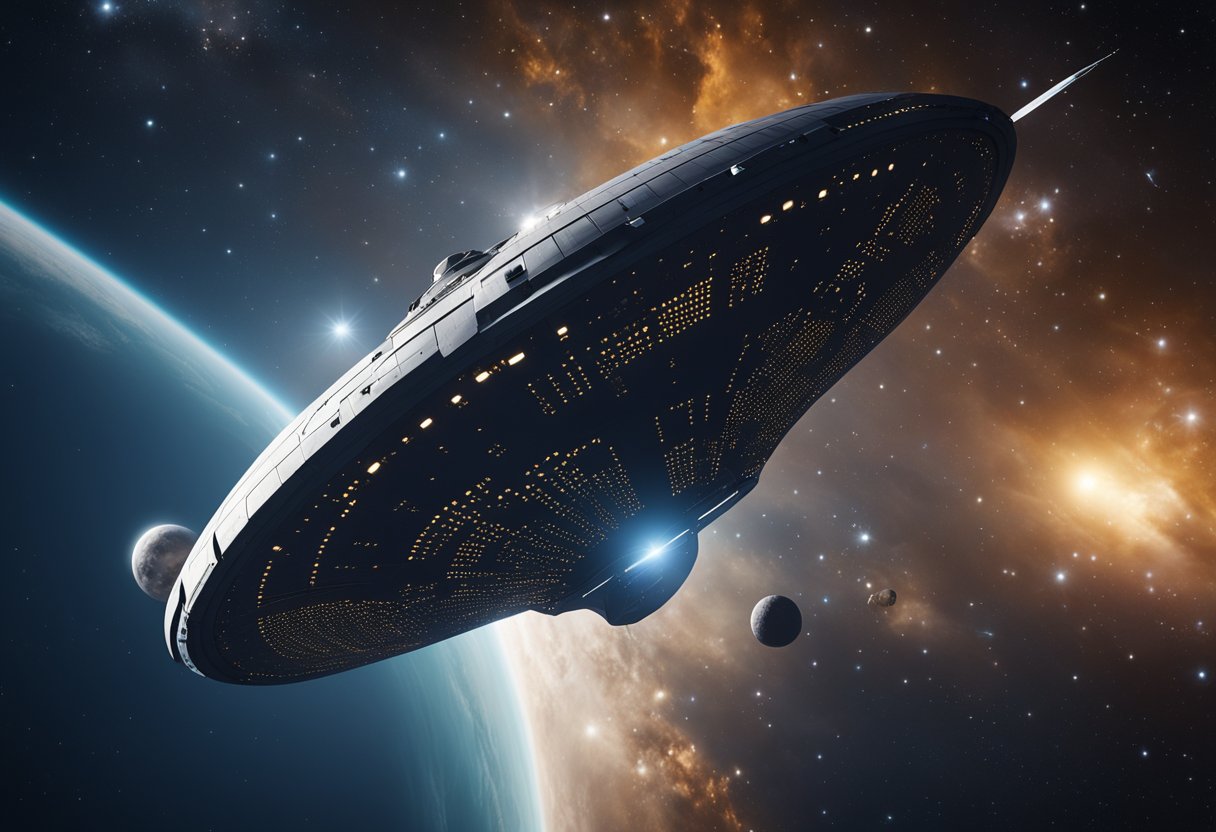
As we look into space tourism, it is essential to discuss the different aspects of spacecraft used by pioneering companies such as SpaceX, Blue Origin, and Virgin Galactic. The design intricacies of the crafts and the missions they undertake represent monumental achievements, blending incredible engineering with the dreams of astronauts and spaceflight participants alike.
Craft design is pivotal for mission success, with Virgin Galactic’s VSS Unity boasting a feathering system for re-entry, allowing a safer and smoother return to Earth. In contrast, Blue Origin’s New Shepard is celebrated for its completely autonomous flight system, ensuring a secure experience for crew members with minimal training requirements. SpaceX’s Dragon 2, which serves Axiom Space missions, brings versatility to the fore, designed to dock autonomously with international space stations.
The operational landscape of commercial spaceflight is met with challenges such as ensuring passenger safety and coping with the intense physical demands of space travel. Blue Origin met these challenges head-on when they conducted a historic suborbital flight, offering spaceflight participants the chance to experience weightlessness. Similarly, SpaceX’s missions often involve complex docking procedures, which require precision and reliability, fortifying their reputation for successful crewed and cargo missions to the ISS. Virgin Galactic is pushing boundaries with their aim to provide commercial space travel that combines luxury with the thrill of space exploration, celebrating their first flight with spaceflight participants in July 2021.
The International Space Station (ISS) serves as a home where astronauts live and work. This microgravity laboratory is a unique space environment where they perform duties that cannot be replicated on Earth. Here’s an insight into their daily life and scientific endeavours in orbit.
Astronauts on the ISS follow a well-structured schedule to optimise their time in space. Our day begins with a morning briefing, followed by routine maintenance of the space station’s systems. Responsibilities include:
Our time in space is dedicated to contributing to vital space exploration research. The ISS is a hub for scientific discovery with several unique experiments conducted that benefit life on Earth and future missions:
The International Space Station facilitates a broad range of research and developments that continue to push the boundaries of our knowledge. With the advent of space tourism websites like SpaceVoyageVentures.com, the public can also get a glimpse into the lives of astronauts and the future of crewed spaceflight. Our contributions lay the groundwork for the continuous and future success of humans living and working off-planet.
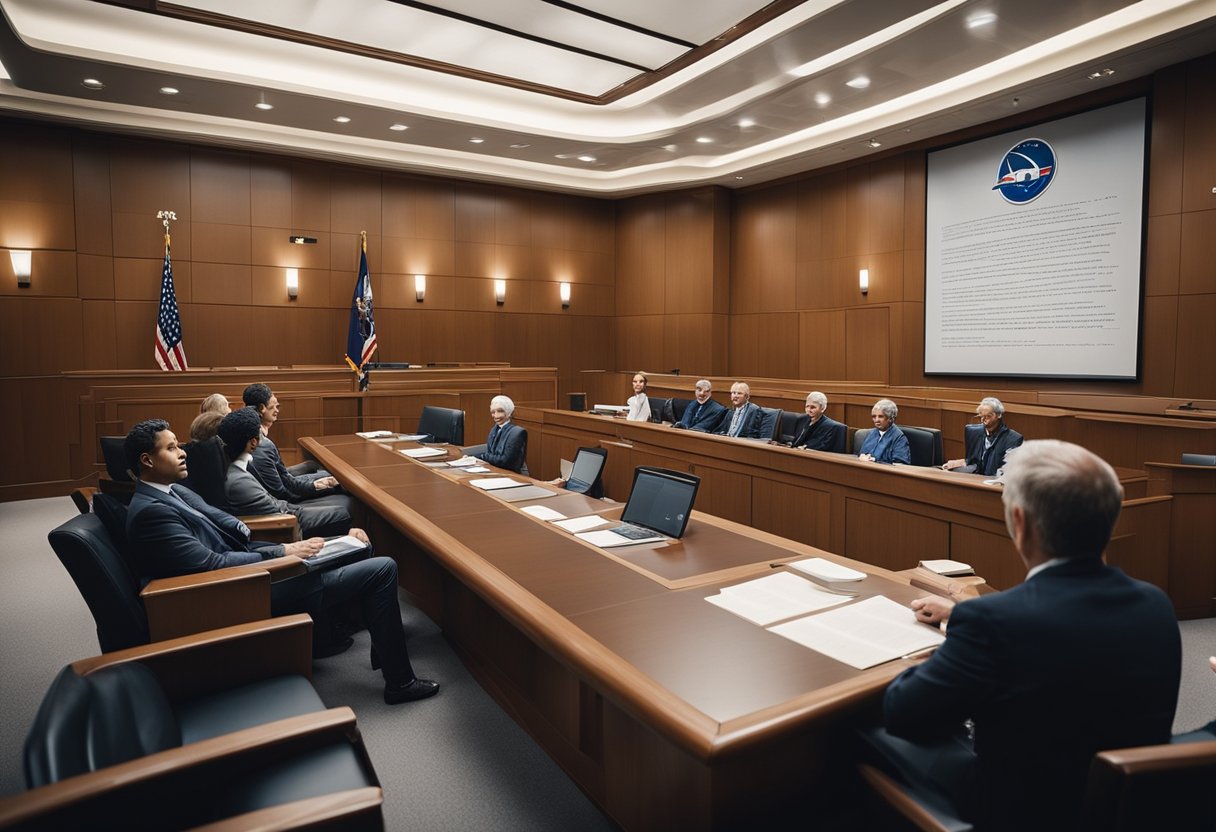
In this section, we discuss the critical aspects of space law and the necessary certification and oversight mechanisms structured by the relevant authorities to regulate commercial human spaceflight.
Space law encompasses national and international laws and treaties that govern human activities in outer space. As proponents of space travel, we’re keenly aware of the regulatory bodies like the Federal Aviation Administration (FAA), which tackles the US commercial space transportation industry. This agency’s Office of Commercial Space Transportation (AST) has been a focal point for commercial human spaceflight regulation, ensuring that private ventures comply with safety and legal standards. We’re mindful of the pivotal role space policies play in shaping our industry’s future, especially as more ventures continue to advance the prospects of space tourism.
Our commitment to stringent safety standards involves full adherence to the FAA’s certification process. This involves meeting specific criteria before any commercial spacecraft can transport participants. We respect the oversight provided by the FAA, as they meticulously evaluate our compliance with all operational and safety regulations. In anticipation of increasing our industry footprint, we continuously engage with the FAA and remain informed on any legislative changes that might affect space voyage ventures and our esteemed participants. Through a regulatory regime that balances innovation with safety, the Commercial Spaceflight Industry is positioned to make significant strides forward.
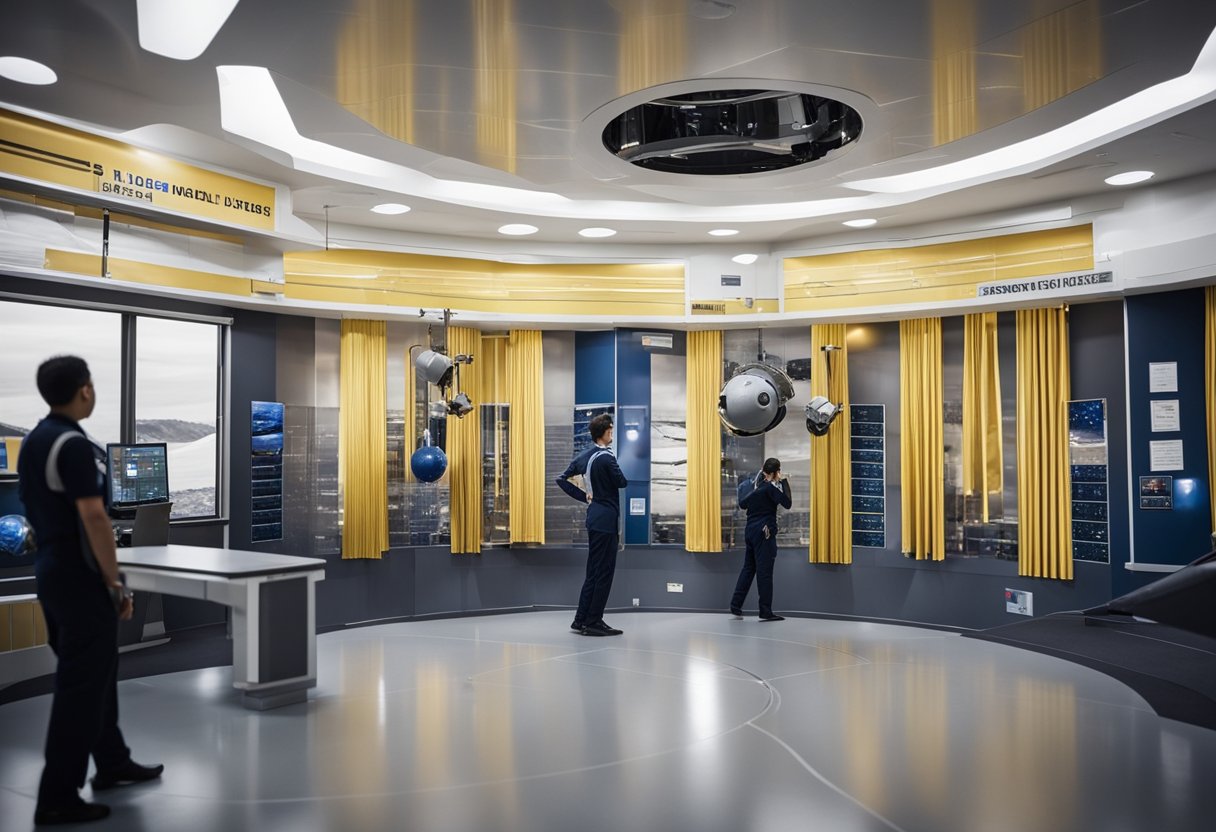
As we explore the burgeoning industry of space tourism, the importance of dedicated training centres and launch facilities is paramount. These facilities are critical for preparing spaceflight participants for the rigours of space travel and for the actual launch events.
At the forefront of spaceflight participant training, NASA’s Johnson Space Center provides comprehensive programmes, using full capsule simulators to offer a realistic experience of space travel. By engaging in these simulations, individuals can familiarise themselves with the environment of a space station module and the intricate operations involved. For those interested in commercial spaceflight opportunities, the NASA Spinoff provides insight into the facilities and contributions to private spaceflight training.
Likewise, Star City in Russia has long been a hub for cosmonaut training, offering Soyuz spacecraft simulators for those preparing for missions aboard the Soyuz MS-15 and similar spacecraft. This historical centre continues to play a vital role in training individuals for the challenges of space.
The Baikonur Cosmodrome in Kazakhstan stands as a historical beacon in space exploration. Renowned for launching the first human, Yuri Gagarin, into space, Baikonur remains active and pivotal for various space missions. Its facilities permit the launch of Soyuz spacecraft and serve as a training ground and departure point for international space voyagers.
Another noteworthy site can be found on SpaceVoyageVentures.com, a platform that documents the expanse of space tourism. Here, one can learn about the existing and near-future launch sites dedicated to sending private citizens into space, marking the newest chapter in space exploration.
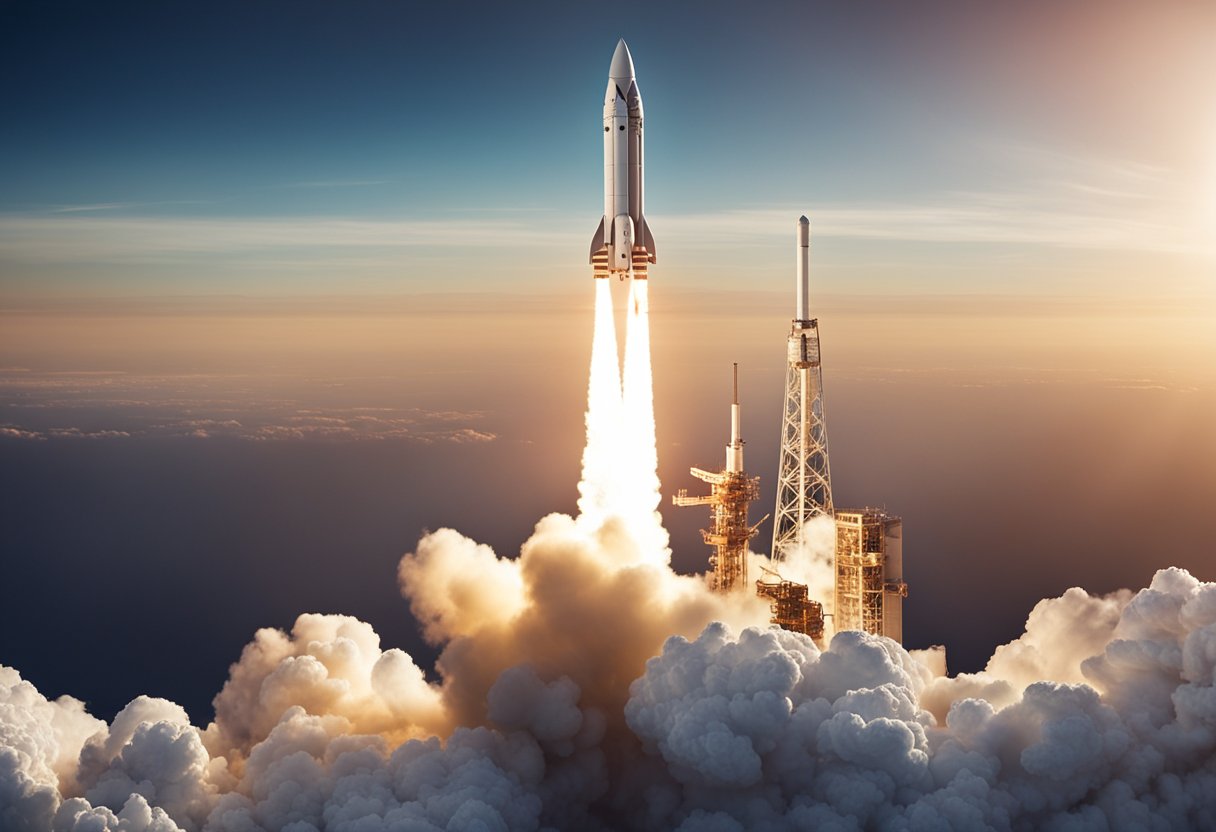
As we explore the possibilities of commercial space travel, two significant components shaping this industry are the emerging trends and the expanding opportunities. These aspects underscore the continuous evolution and promise of space tourism.
Commercial space tourism is rapidly transitioning from a concept into a reality, as demonstrated by milestones such as Virgin Galactic’s inaugural suborbital flight in July 2021, marking a pivotal moment in our journey to the stars. Additionally, innovations in spacecraft design and an increased focus on sustainability are shaping future missions. Companies like SpaceX are already spearheading these advancements with their reusable rocket technology, while others are researching alternative fuels to minimise environmental impacts.
With the private space industry’s growth, opportunities for space travel are expanding. Substantial investments are being made into orbital infrastructure to accommodate tourists, such as the proposed commercial space stations. Our company, SpaceVoyageVentures, is at the forefront of documenting these opportunities for the public. The industry’s potential growth points toward a future where space travel becomes a more routine experience, accessible not only to trained astronauts but also to a broader pool of enthusiasts and researchers. Our vision encompasses not just the thrill of spaceflight but also its scientific and educational prospects.
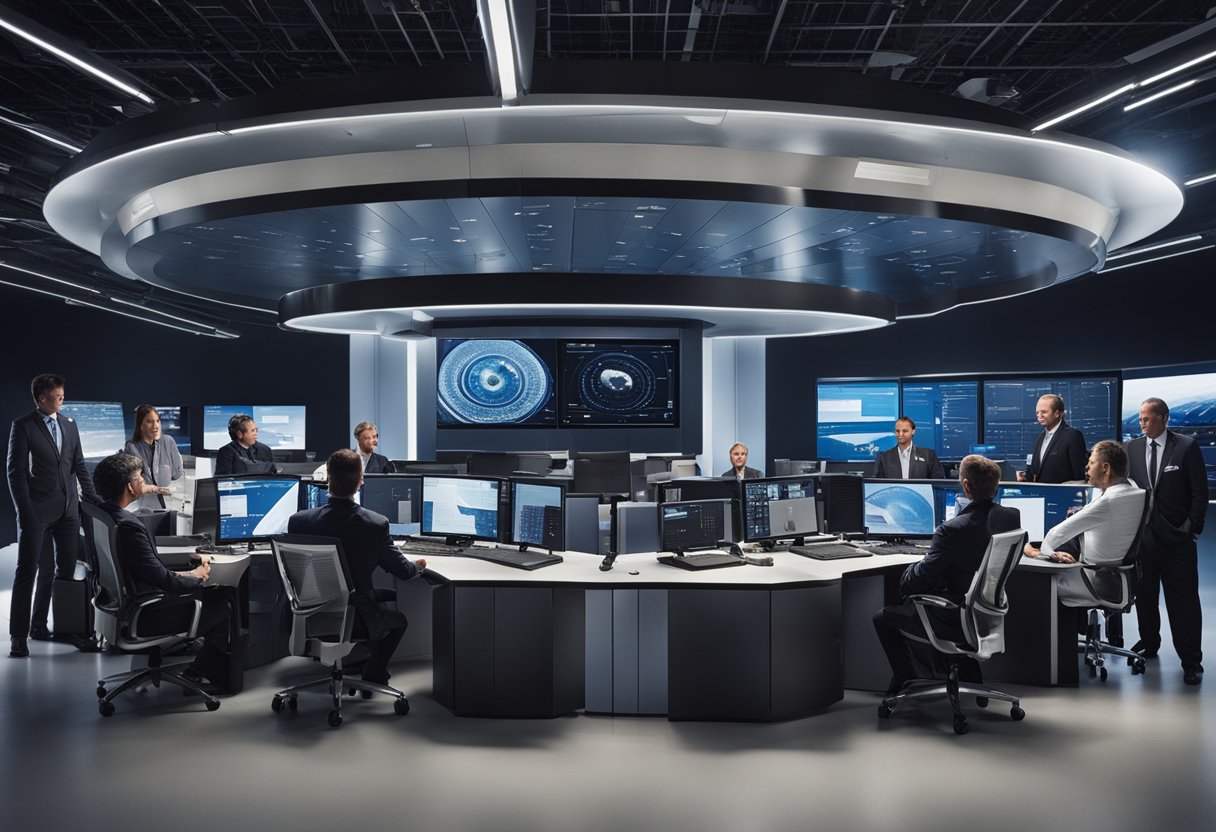
In developing a robust space tourism industry, we recognise the pivotal role that support infrastructure and teams play. These dedicated professionals ensure that spaceflight participants are kept safe and healthy, both in mind and body, throughout their outer space journey.
Our transdisciplinary healthcare team works tirelessly to establish and maintain the highest standards of care for our crew. The team comprises experts in aerospace medicine, psychology, and physical training. Each spaceflight participant undergoes comprehensive physical and psychological evaluations to ensure their readiness for space travel. Additionally, we implement a safety culture that prioritises the health and wellbeing of every individual on board.
Ground control and recovery crews form the strategic backbone of our operations. They are critical for the successful deployment and return of each mission. With strategic development at the forefront, these teams meticulously plan and execute each phase of the spaceflight. By establishing rigorous protocols and continuous communication, we enhance the safety and efficiency of our missions, ensuring our crew’s successful launch, orbit, and landing.
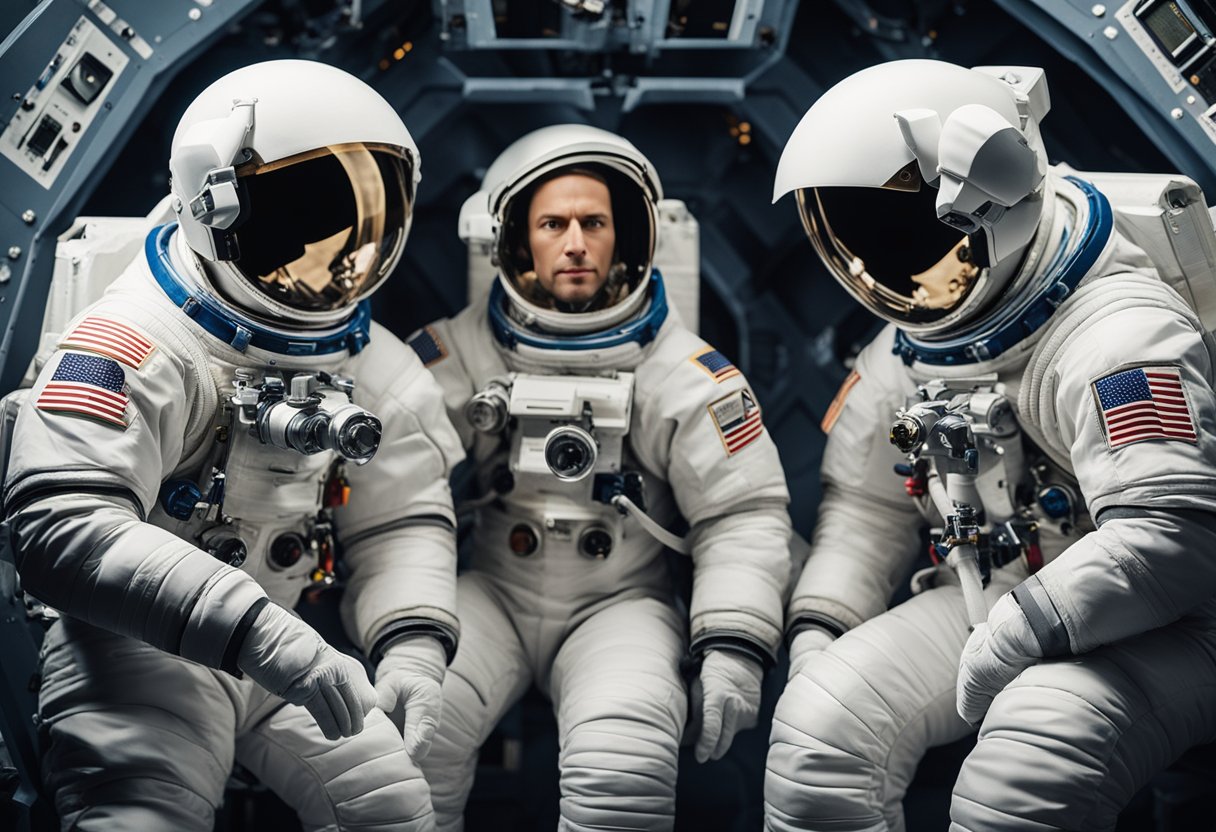
We understand you may have various inquiries about spaceflight participant experiences. Here we address some of the most common questions to offer clarity on what individuals can expect from commercial spaceflight programs, especially when they honour loved ones through celestial memorial services.
Participants often report a profound sense of awe and a unique perspective on life and our planet. They describe the overwhelming emotions experienced as they leave the Earth’s atmosphere and see the cosmos up close.
Individuals express feelings of profound connection and closure when participating in spaceflights that carry out memorial services. The act of sending a loved one’s ashes into orbit provides a celestial tribute that many find deeply moving and poignant.
The costs can vary widely, depending on the company and the specific service chosen. Prices may range from several thousand to tens of thousands of pounds for sending ashes into space.
Spaceflight companies use rigorous procedures to safeguard DNA samples, often including encapsulation in secure capsules designed to withstand the rigours of launch, the space environment, and re-entry, if applicable.
Before embarking on a spaceflight, participants typically undergo thorough training, which includes familiarisation with the spacecraft, safety protocols, and procedures to handle the physical sensations of launch and zero gravity.
Indeed, testimonials from participants provide comprehensive reviews and personal accounts of their experiences with celestial memorial services, helping others to make informed decisions about these unique tributes.